What’s It Like to Race World Cup?
UPDATE: Feb. 2, 2018: Following downhiller Steve Nyman’s injury, Alice Merryweather was chosen to fill the vacant spot on the U.S. Olympic ski team in early February. We saw Merryweather race at the World Cup at Killington in 2016. Here’s what she said about World Cup racing after Killington.
“Ski like a girl,” “Mikaela, We Love You!” It was November 25, 2016, and a group of girls were screaming and waving hand-drawn signs, as they pressed against the thin plastic fencing. That was all that separated spectators from the racers in the finish area at the first World Cup event to come to Vermont since 1978.
More than 30,000 had traveled to Killington from around the East Coast to watch the world’s top women ski racers flash through the slalom and giant slalom gates on the concrete-hard snow on Superstar.
Before the pros started, young ski racers from around the state marched with their ski club teams in the opening ceremonies, banners held high. Four promising junior racers got the chance to forerun the course. Then, everyone waited with baited breath for Mikaela Shiffrin, at 21 just a few years out of Burke Mountain Academy, to do what she does best: slam down a slalom win.
What spectators might not have noticed the first day was another Vermont ski academy grad who was racing her first World Cup event in the U.S. Weeks earlier, Alice Merryweather eeked out a spot in the Killington Audi FIS World Cup line-up by finishing top three in a time trial.
“Getting to race at Killington was crazy,” Meryweather recalls. “My team had a time trial to decide who got the last three start spots, and I don’t think I’ve ever been so nervous for anything in my life.” All the members of the women’s Europa Cup team were competing for three Killington GS start spots. “We were pretty awkward about the whole thing, as you can imagine a group of best friends pitted against each other would be, and the environment was really tense,” Merryweather remembers.
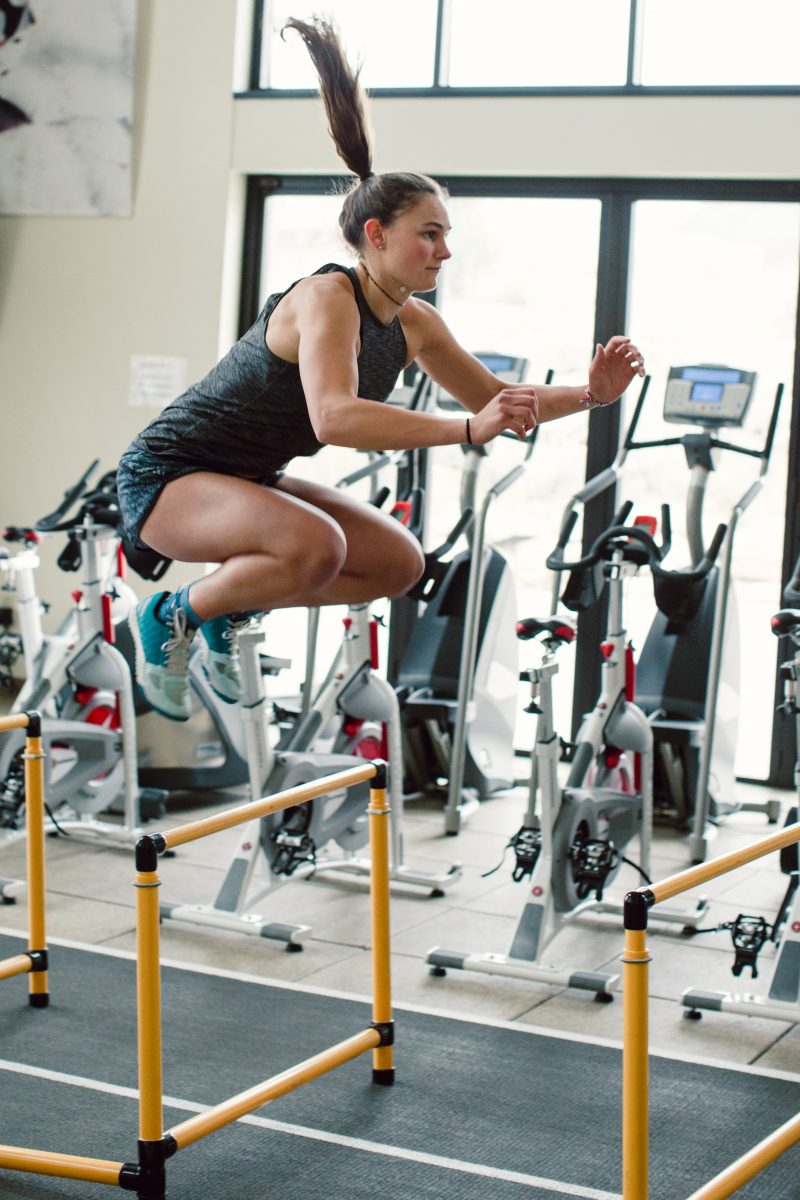
“When I found out I made the cut, I was ecstatic. I mean, I was going to be racing a World Cup in front of hundreds of friends and family members, and thousands of fans, all in the region that taught me how to ski. It’s still hard to describe how ridiculously excited I was and how lucky I felt to have that opportunity. Then, having earned a spot, it was pretty funny to show up to the race unknown by my competitors and most of the fans there.”
Merryweather started 58th out of 61 in the first day’s giant slalom. “I didn’t put any expectations on myself, I just wanted to go out there and ski my fastest. It was surreal to race a World Cup in front of the ski community that raised me.”
It had been warm that morning and foggy and Merryweather wasn’t on the course for 20 seconds before she got caught up in a rut and went off course.
“Superstar is the real deal. Right out of the start, it’s crazy, in-your-face steep for the first five or so turns, so I had to be particularly warmed up and mentally prepared. I battled really hard and made it past the steeps, but couldn’t keep up with the fast rhythm and bumps and holes that had formed down below. I still enjoyed every second of it, even though I didn’t finish and only a few people knew who I was. The support I felt from the New England ski racing fans was overwhelming.”
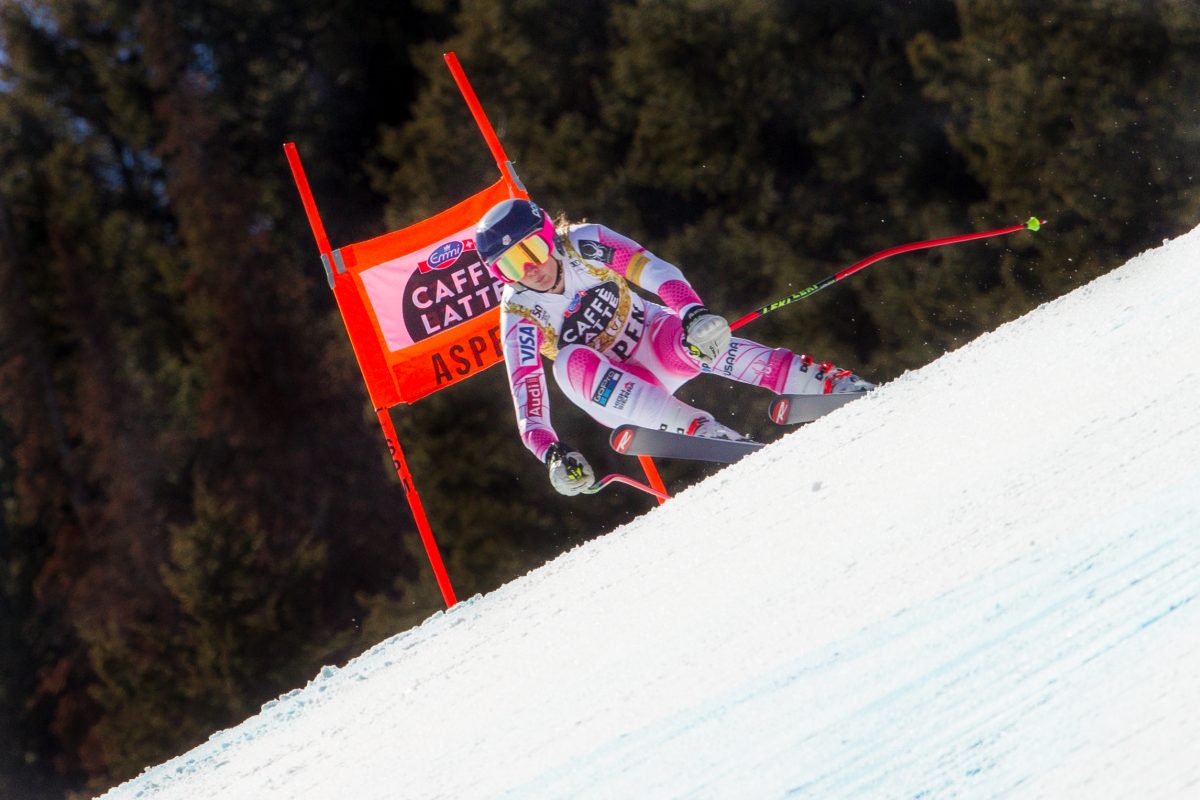
Going for Gold
This year, Alice Merryweather is no longer an unknown. She won downhill gold at World Juniors in Sweden in 2017 and finished third in the super G at the U.S. National Championships. Her Juniors win earned her a spot at the World Cup finals in Aspen last March where she finished a respectable 19th against the top downhillers in the world.
Merryweather’s wins (and her college acceptances to both Harvard and Dartmouth) come from an unparalleled inner drive that speaks to the dedication it takes to go from a young club racer to the World Cup level.
It was her early success in club races that sent Merryweather to Stratton Mountain School where she was fast enough to earn a spot on the U.S. Ski Team in 2016. “I kept surprising myself with the results I was putting out,” she remembers. “I realized even as a kid that this was something I wanted to put a lot of energy into — early on, I said: ‘I want to go to Stratton, because I think I could do something cool.’”
Merryweather recalls when she was 7 or 8, racing NASTAR at Bretton Woods, N.H., chasing her older brother, Simon, through the green-and-yellow-flagged courses. (NASTAR, for the uninitiated, is a national program that allows any skier or snowboarder of any age to race against a time set by U.S. Ski Teamers at the beginning of the season.) “I remember getting super competitive with Simon, and wanting to get that little gold pin,” says Merryweather, now 20.
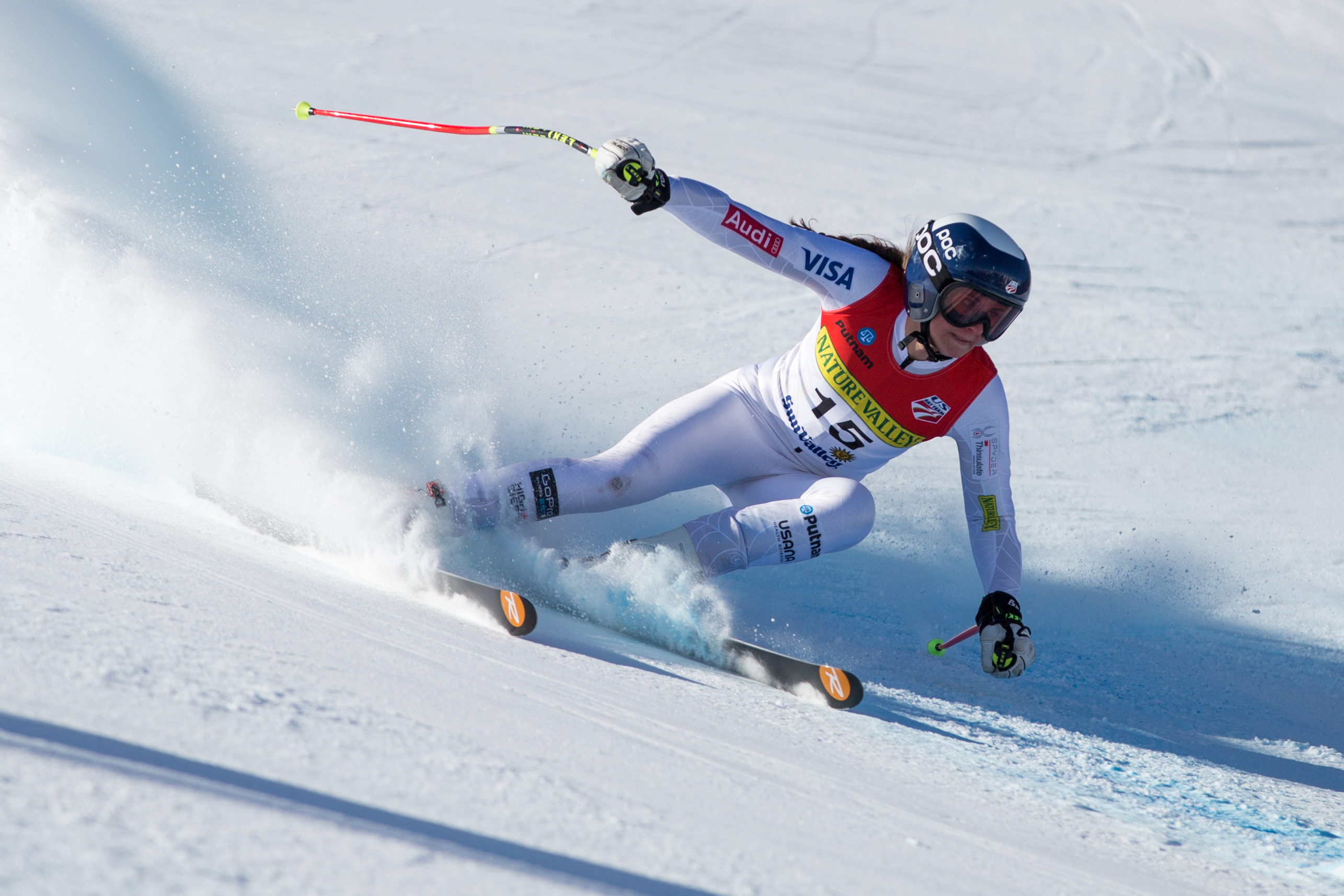
It wasn’t always that way, though. Merryweather has been sliding down mountains since age 3, but when her parents first tried to leave her at group lessons she balked. “I hated it so much that I screamed and cried,” she says.
“She was not happy at all!” says her mother, Liz, with a laugh during an interview. “We dropped her off for group lessons, went skiing, and the next thing we know, we hear over the loudspeaker, ‘Will the parents of Alice Merryweather please report to the Adventure Center?’”
Flash forward to 2017, at the World Junior Championships in Are, Sweden, as Liz heard something entirely different about Alice over the loudspeaker: first place in the downhill. “That was a thrill!” says Liz. “But if I had a crystal ball and saw that she would be hurtling herself downhill at 80 miles per hour, I might have signed her up for basketball or something.”
In 2003, Simon qualified for NASTAR Nationals, sending the family to Park City, Utah, where Merryweather was able to meet her idol, Picabo Street. “I was only 6, but I was star-struck, and wanted to be like her.”
How to Raise a Ski Racer
Back in New England, the Merryweathers continued their weekend trips to Attitash, where the focus was on having a good time — not the best time in the course. “There was a great family culture at the condo with the cousins together; they’d play Life, Monopoly, and write plays,” says Liz. “We tried to keep the ski racing part fun and light; we were never results-driven.”
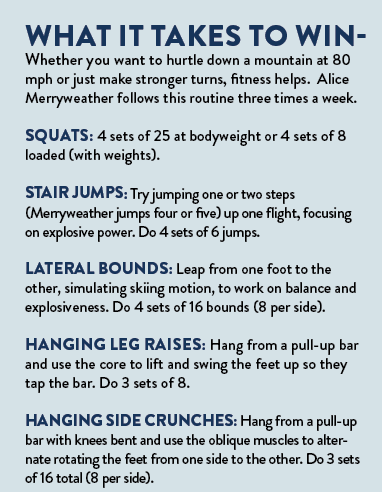
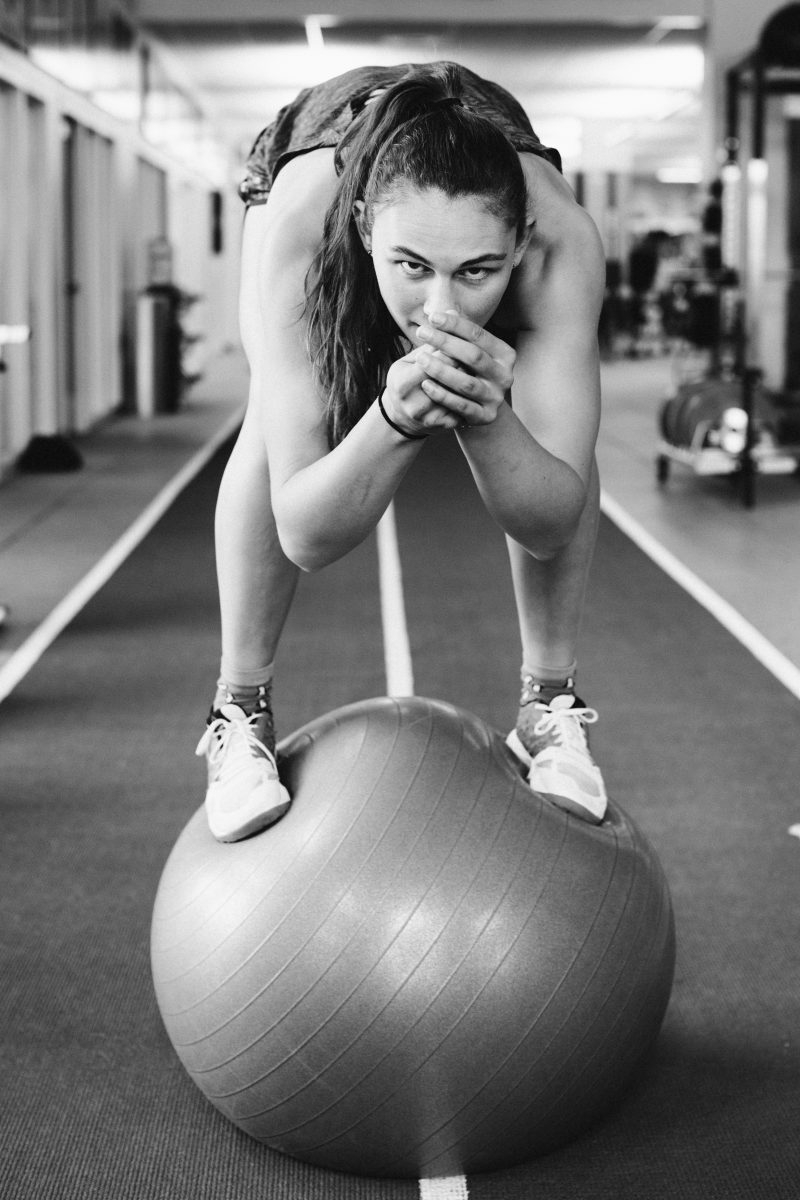
By the time her daughter was in eighth grade, however, the results spoke for themselves, and ski racing was calling. “We are not ski-racer parents at all; this push for Alice is all self-motivation,” says her father, Hugh, the chief operating officer for Spartan, the worldwide series of adventure races that got their start in the Killington/Pittsfield area in 2007. “Alice truly just loves it; she is so passionate about the sport she loves getting up every day knowing what she is going to be doing.”
Merryweather considered three Vermont ski academies — Green Mountain Valley School, Burke Academy and Stratton Mountain School — and was smitten with Stratton. “It seemed they had a really good balance of academics and athletics,” says Merryweather, who began working with coach Eric Harlow, and then Micah Lashar for three years. “I owe all of my skiing career to him,” she says of Lashar. “I wanted to go out and rip around, and he made me slow it down with slide turn drills, the basics.”
Lashar says he was immediately struck by Merryweather’s feel for the snow. “The ability she has to roll the ski on edge in between turns at times looks effortless,” he says, adding that he probably had her do one drill 1,000 times. “She had the desire to get better in anything she was doing. Getting better is very hard and takes time. She was willing to put the effort in every day.”
Stratton Mountain School Alpine Program Director Mike Morin adds that while Merryweather had great skiing skills, she lacked the conditioning to compete with the best. “So this was something she quickly became focused on,” he says. “The great women in ski racing have become strong and powerful athletes. Now, Alice is right there with the best.”
Dedicating herself to dryland training is part of Merryweather’s firm belief in “going out and not half-assing it,” she says. She believes in “just giving it your all every day in the gym and doing an extra rep or staying longer and doing an extra core workout.”
If that sounds familiar, it’s because it’s the same approach that has paid off in massive ways for Lindsey Vonn and Mikaela Shiffrin. “Those two really have taken their physical conditioning in the off-season to a different level,” says Lasher. “Younger female athletes see this and want to emulate the workouts. And Alice always steps her game up when there is something on the line.”
However, as Lasher is quick to note “Alice is also her own athlete; you can’t compare her to anyone. We worked on this a lot at Stratton. Ski racing is a competition against yourself — it’s about how to get the best out of yourself each run and race. You can’t control what others do.”
Life on the White Circus
On a late-July morning, three months before the World Cup opener in Soelden, Austria, Merryweather is at Mammoth Mountain in California, where she’s just finished five days of training, waking at 5:30 to do drills before afternoon dryland. “I’m very tired — I’ll probably lie in bed,” she says over the phone.
Rest may seem like a four-letter word to some athletes, but Merryweather knows that some moderation makes her achieve greater things. Her diet is a balance of carbs, greens and protein, with Ben & Jerry’s Chocolate Therapy as her guilty pleasure. “I don’t do anything extreme, and I’m not a vegan; I just try to balance everything,” she says.
In her spare time, Merryweather has been known to binge watch “Friends,” but tries not to watch too much TV while on the circuit. While she’s a stellar student who is now headed to Dartmouth, “I don’t read as much as I should,” says Merryweather, who instead channels her smarts toward helping young students at Stratton.
An ambassador for ZGiRLS, she recognizes how she might influence the future of women’s racing. “I want it to continue on this track of becoming more well-known,” she says. “It’s weird, in Europe, people come up to me asking me to sign photos, but it’s not something I’ve experienced in the U.S.”
That may change after PyeongChang 2018. “If everything aligns perfectly, I’ll go to the Olympics this winter,” says Merryweather—though that means she may not make the 2017 Killington World Cup slalom and GS events, choosing to focus instead on where she excels: Super G and downhill.
When it comes to downhill, Lindsay Vonn’s forte, Merryweather admits; “Oh it’s terrifying. But there’s a unique feeling when you’re going 80 miles an hour. It’s almost peaceful at the same time that you’re about to poop your pants. But I find you can separate yourself and say: ‘This is what I’m doing right now; I am flying.” n
By Sarah Tuff Dunn. Vermont’s Sarah Tuff Dunn is the former editor of Ski Racing. Photos courtesy USSA

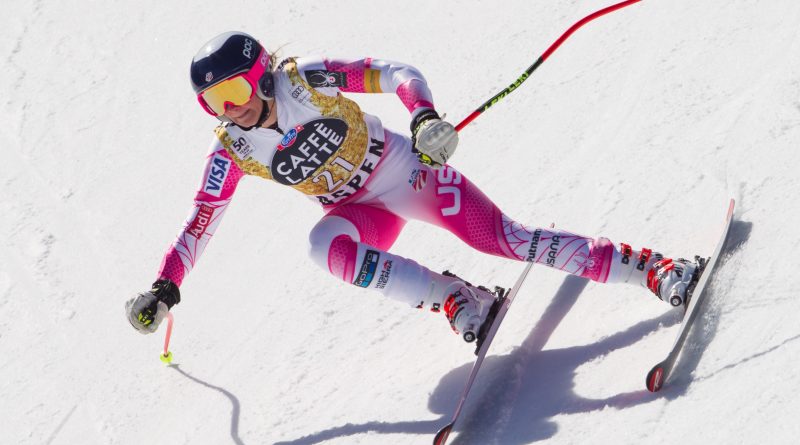
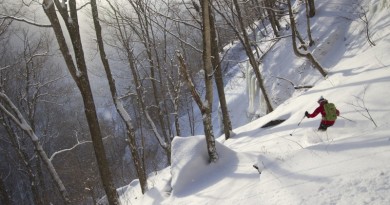
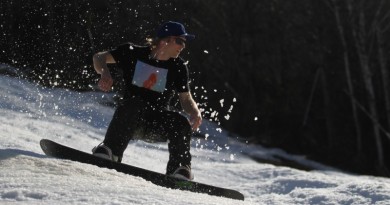
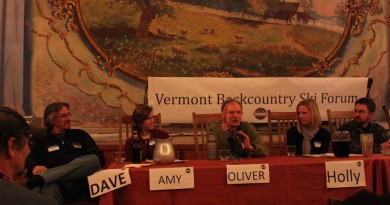
Pingback: Our Best World Cup Stories - VT SKI + RIDE